组织学、病理学和肿瘤病理学诊断学者 - Histology & Pathology Analysis
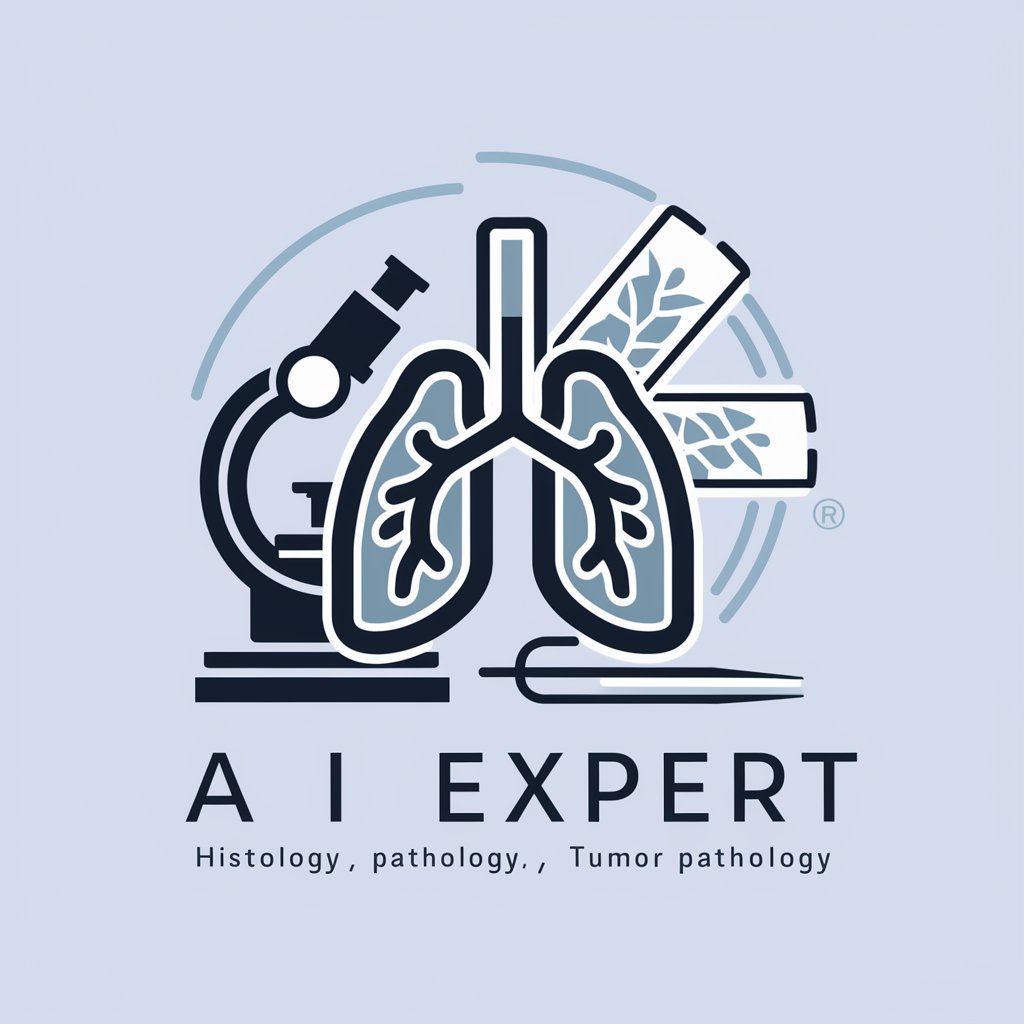
Welcome! How can I assist you with histology or pathology today?
Empowering diagnostics with AI innovation
Explain the histological differences between normal and cancerous lung tissue.
Describe the process of immunohistochemistry and its applications in pathology.
What are the key features to look for in a hematoxylin and eosin-stained tissue sample?
Discuss the advancements in multiplex immunofluorescence for tumor pathology.
Get Embed Code
Overview of Histology, Pathology, and Oncologic Pathology Diagnostics
Histology, pathology, and oncologic pathology diagnostics involve the study and diagnosis of diseases by examining tissues, cells, and bodily fluids. Histology focuses on the microscopic structure of tissues, serving as a fundamental basis for understanding tissue pathology. Pathology integrates this knowledge to diagnose diseases by examining specimens from the body, including biopsies and surgical resections. Oncologic pathology, a subspecialty of pathology, is dedicated to diagnosing and characterizing cancerous tumors through microscopic examination and molecular testing. For instance, a pathologist might examine a breast biopsy under the microscope to determine if cancer is present, classify the type of cancer, and assess factors like the grade and stage of the tumor, which are crucial for treatment planning. Powered by ChatGPT-4o。

Key Functions of Histology, Pathology, and Oncologic Pathology Diagnostics
Disease Diagnosis
Example
Diagnosing breast cancer through a biopsy specimen.
Scenario
A patient presents with a breast lump, and a biopsy is taken. A pathologist examines the tissue, identifying cancerous cells and confirming a diagnosis of breast cancer.
Disease Characterization
Example
Determining the subtype and aggressiveness of a lymphoma.
Scenario
A lymph node biopsy is analyzed by a pathologist to not only confirm lymphoma but also to determine its specific type (e.g., Hodgkin's vs. non-Hodgkin's) and its grade, which influences treatment options.
Treatment Guidance
Example
Identifying genetic mutations in lung cancer for targeted therapy.
Scenario
In a lung cancer patient, the tumor is tested for specific genetic mutations. The presence of a targetable mutation can guide oncologists in choosing a targeted therapy, significantly improving treatment outcomes.
Ideal Users of Histology, Pathology, and Oncologic Pathology Diagnostic Services
Medical Professionals
Surgeons, oncologists, and other healthcare providers rely on diagnostics from pathologists to make informed decisions about patient care, from diagnosis through treatment planning.
Researchers
Scientists in biomedical research utilize histological and pathological analyses to understand disease mechanisms, discover new therapeutic targets, and develop new treatments, especially in the field of oncology.

How to Utilize Histology, Pathology, and Oncopathology Diagnostic Tools
1
Begin your journey at yeschat.ai for an effortless start with a complimentary trial, no registration or ChatGPT Plus subscription required.
2
Prepare digital slides or images of histological samples that need analysis. Ensure these are of high quality for the most accurate results.
3
Choose the specific tool or analysis feature you need, such as histological pattern recognition, pathology report generation, or tumor classification.
4
Upload your prepared slides to the platform. Use the tool's interface to specify any particular details about the sample or the type of analysis you are seeking.
5
Review the generated report or diagnostic outcome. Use this information for educational purposes, research, or in clinical decision-making, while always considering a second opinion from a professional for critical cases.
Try other advanced and practical GPTs
天命統合占術
Unveil your destiny with AI

AI助诊
Revolutionizing Healthcare with AI
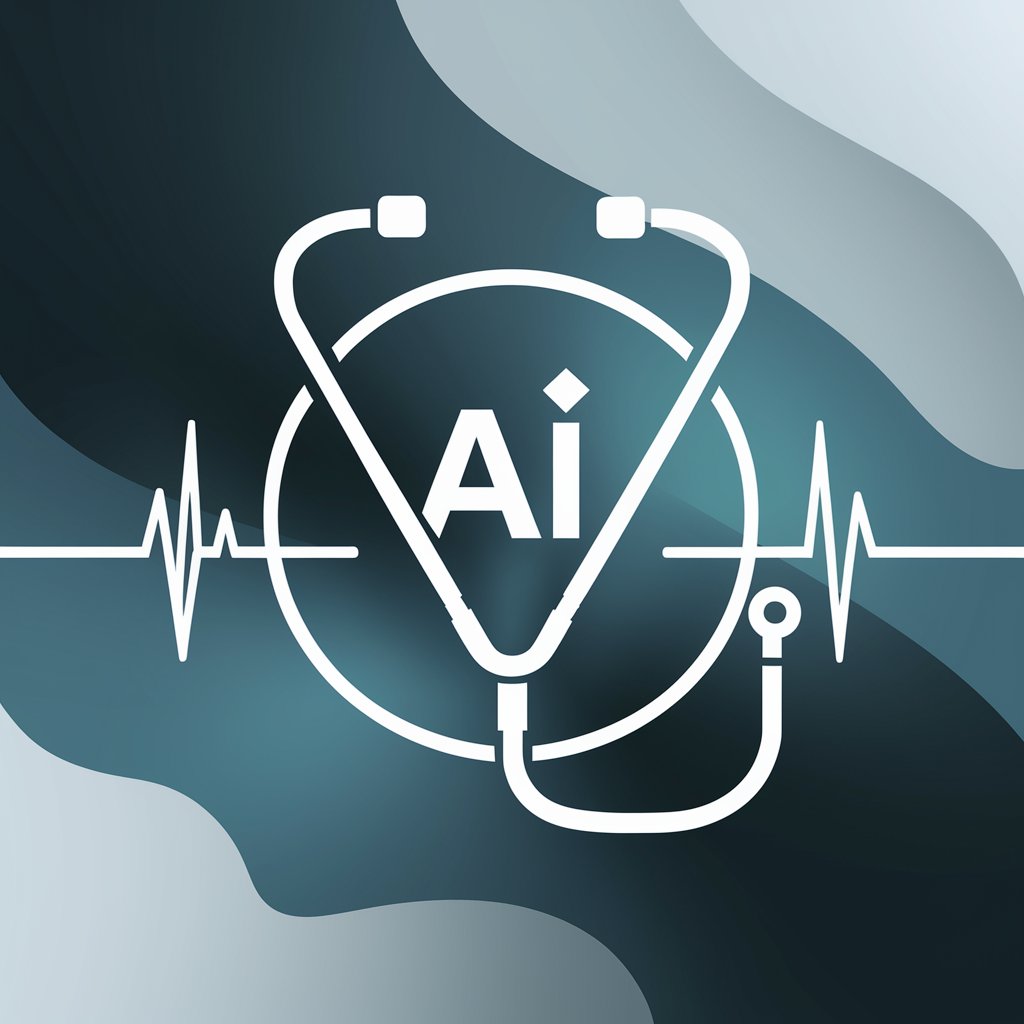
智慧糖护
Your AI-powered expert assistant
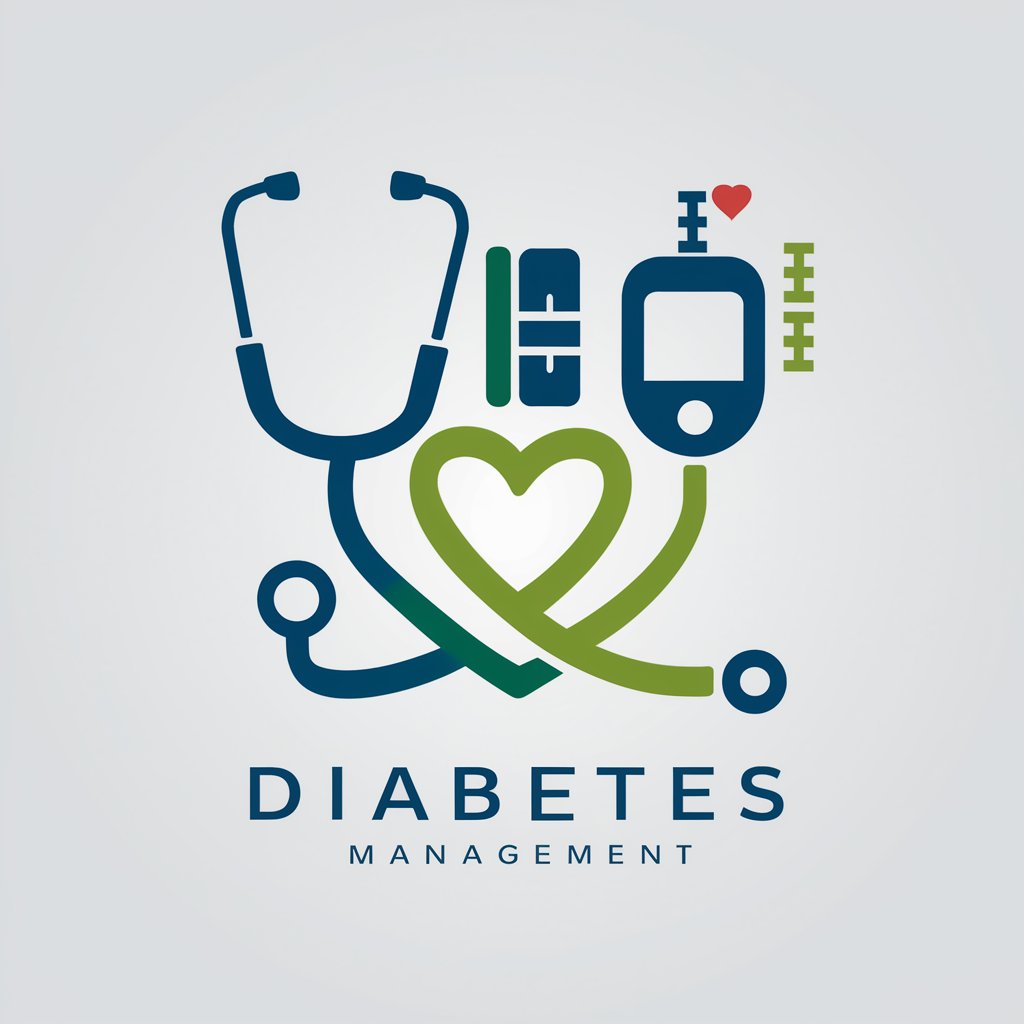
Human Pretender
Empowering conversations with human touch.

I didn't do anything, but I was pretending
Unleash Expertise with AI Power

Cosmic Pretender
Shape-shifting AI, Infinite Possibilities

医療相談サポート
Your AI-powered health advisor

内科医
Navigate Your Health with AI
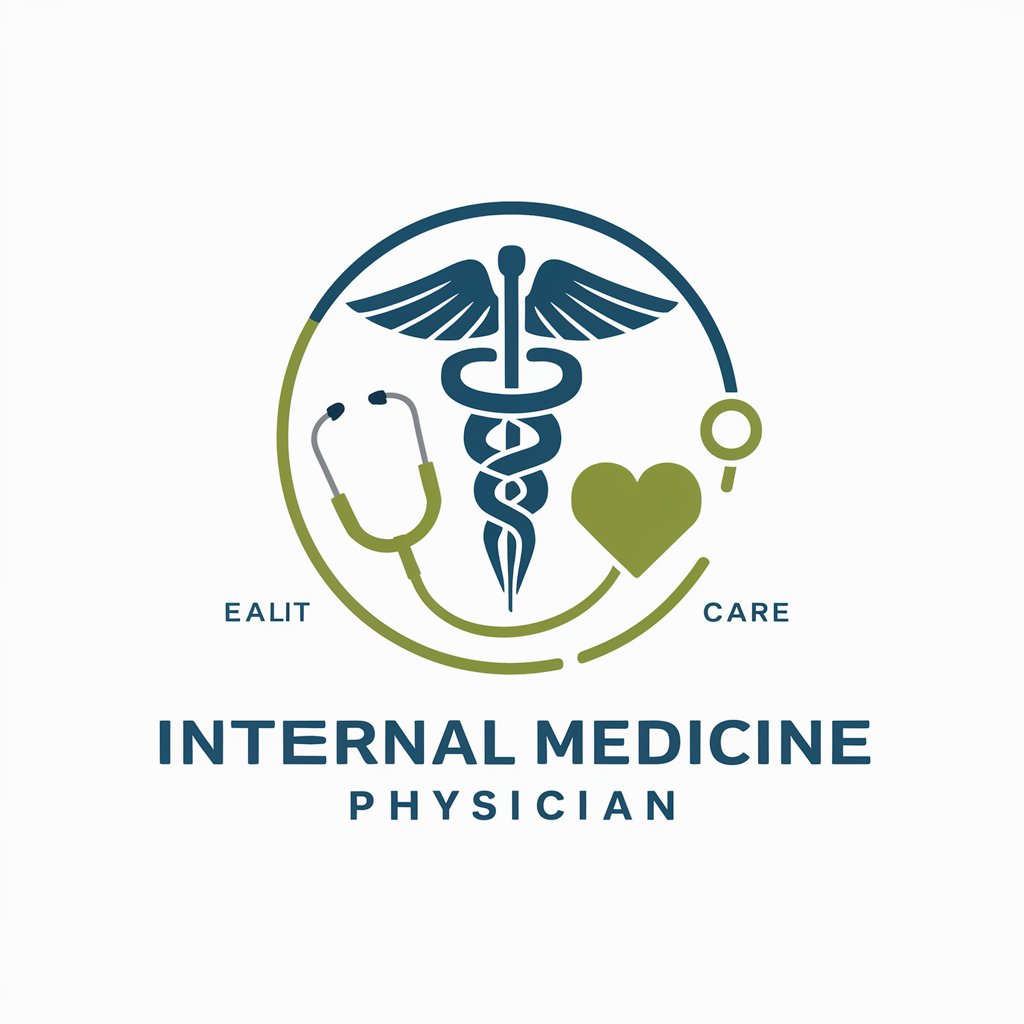
Phantom Pier(ファントム・ピア)
Unlock insights into your future with AI-powered divination.

Name Generator
Powering Creativity with AI Names
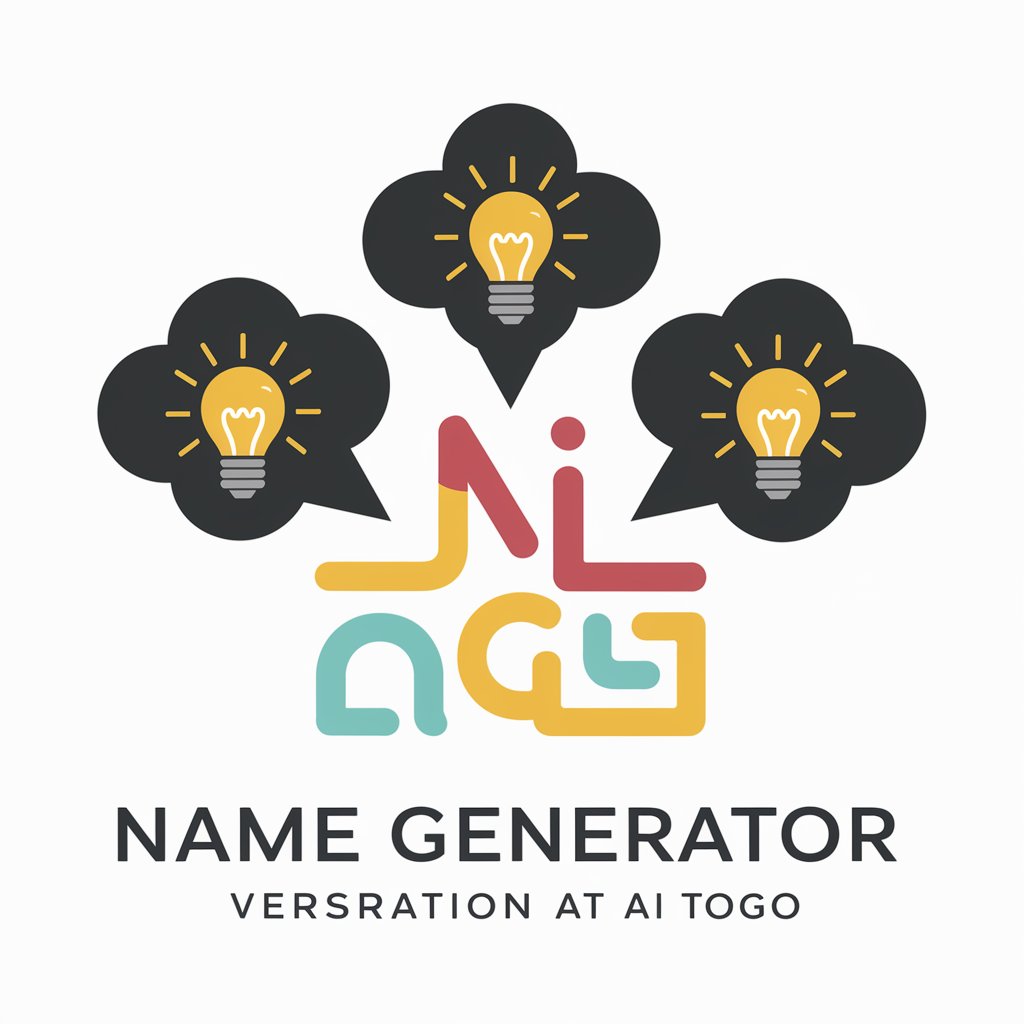
Just Drains
Optimize Your Plumbing with AI

Just Sommelier
Enhancing Wine Experiences with AI

FAQs on Histology, Pathology, and Oncopathology Diagnostic Tools
What are the prerequisites for using these diagnostic tools?
Users should have digital histological samples or images ready for analysis. A basic understanding of histology and pathology is beneficial but not strictly necessary, thanks to the tool's intuitive design.
Can these tools replace a pathologist's diagnosis?
While highly accurate, these tools are designed to support and enhance the diagnostic process, not replace a professional pathologist. They provide valuable insights that should be considered alongside a pathologist's expert analysis.
How accurate are the diagnostic outcomes?
The accuracy is high, especially for well-defined pathologies and when high-quality images are used. However, accuracy can vary based on the complexity of the case and the quality of the sample.
Are these tools suitable for educational purposes?
Absolutely. They serve as excellent resources for students and professionals looking to deepen their understanding of histology, pathology, and oncopathology through interactive learning and real-case analysis.
What types of analysis can these tools perform?
They are capable of a wide range of analyses, including but not limited to histological pattern recognition, detailed pathology reporting, tumor classification, and prognostic assessments based on morphological features.
